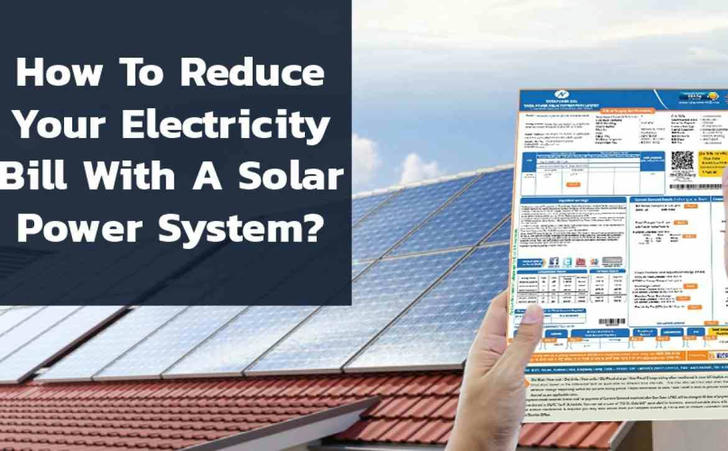🌟Easily Reduce Your Electricity Bills: A Practical Guide to Solar Photovoltaic Power✨
As electricity costs rise, many Australian households turn to solar energy to cut expenses. This guide demystifies solar photovoltaic (PV) systems, helping you understand how to utilize solar power effectively and make informed choices about adopting this sustainable energy solution.

🔍 How Solar Panels Work: Capturing Sunlight and Converting It into Electricity
- Solar panels (photovoltaics) are made of semi-conducting cells (e.g., silicon).
- Sunlight excites electrons in these cells, generating direct current (DC) electricity.
- An inverter converts DC to alternating current (AC) to power household appliances.
- Panels produce electricity even on cloudy days, though output decreases.
- This process provides clean, renewable energy, reducing reliance on the grid and fossil fuels.
📌 Assessing Whether a Home Solar System Fits Your Roof
| Factor | Details |
|---|---|
| Typical system size | ~3.5 kWp requiring 10-20 m² for 6-12 panels |
| Ideal roof orientation | South-facing roofs (Southern Hemisphere) capture most sunlight |
| Less optimal orientations | East or west-facing roofs generate 15-20% less energy |
| Not recommended | North-facing roofs (poor sun exposure) |
| Shading considerations | Avoid shade from trees, chimneys, buildings; solar optimisers can mitigate shading effects |
| Permissions | Usually none unless heritage-listed or in protected zones |
🏢 Choosing the Best Installation Location & Key Considerations
- Optimal location: Sloping roof angled southward.
- Flat roofs: Panels must be tilted and securely mounted.
- Roof structure: Must support panel weight.
- Alternative mounts: Ground frames in gardens (good orientation, minimal shading, pest protection needed).
- Outbuildings like sheds or garages can be used if structurally sound; wiring costs apply if not connected to main system.
- Proper installation and orientation maximize energy and system lifespan.
💰 Installation Costs, Savings on Electricity & Payback Period Explained
| Aspect | Information |
|---|---|
| Typical cost | Around AUD 10,000 for a 3.5 kWp system |
| Ongoing costs | No fuel/energy costs after installation |
| Additional benefits | Surplus power can be sold back to the grid via export schemes |
| Payback period | Typically 10-15 years, depending on usage and location |
| Faster cost recovery | Homes occupied during daylight hours |
| Environmental impact | ~1 tonne CO₂ reduction annually per typical system |
🔧 Supporting Technologies & Maintenance Tips for Maximum Solar Efficiency
| Technology | Description & Cost |
|---|---|
| Battery storage | Stores surplus electricity for night use; ~AUD 7,000 upfront |
| Heat pumps | Solar-powered heating; ~AUD 11,000 with funding options |
| EV charging | Reduces fuel use and emissions using solar power |
| Solar diverters | Redirect excess electricity to water heating, lowering bills |
Maintenance Tips:
- Keep panels free from shade and debris.
- Australian rain often naturally cleans angled panels.
- Manual cleaning may be needed in dusty areas.
- Inverters typically last ~12 years; warranties and monitoring help maintain system reliability.
✅ By understanding these essential aspects of solar PV systems, homeowners can confidently evaluate and implement solar power tailored to their needs—achieving significant savings and a greener footprint.
